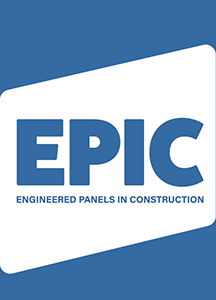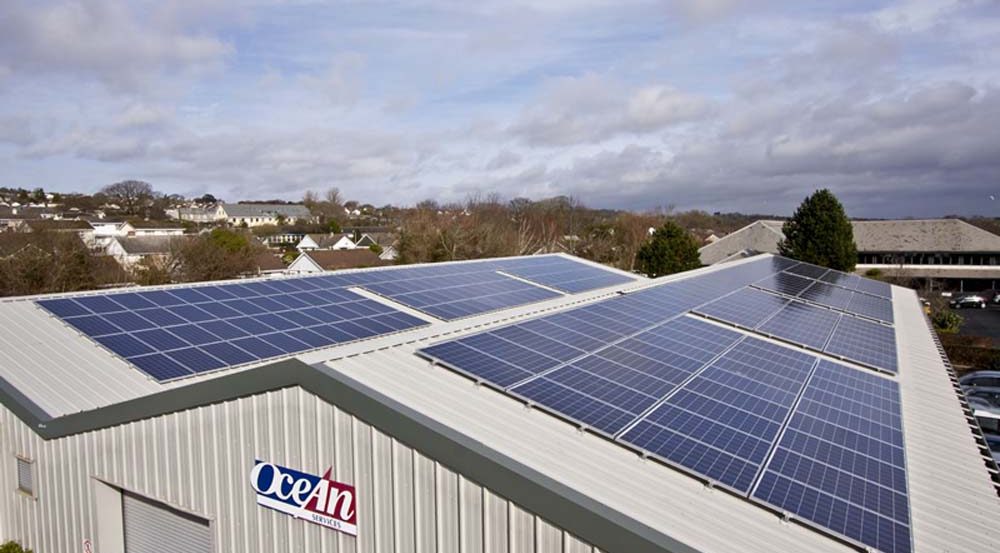It is perfectly possible to have buildings that are so energy efficient through fabric performance and airtightness alone that they require only very low levels of energy for heating, as the Passivhaus Standard demonstrates. In some cases this is achievable for non domestic buildings as well as in housing. However, the vast range and application of non domestic buildings means that in many cases this level of building envelope performance is not practically or economically feasible, and that is when we need to turn to other technologies.
There is a simple model, the Trias Energetica, that any designer, developer or contractor should follow: first, make the building envelope as energy efficient as is practically possible; second meet as much as possible of the energy demand through renewable sources of energy; third meet any remaining demand from responsible sources.
By reducing demand in the first place it becomes much more feasible to generate sufficient energy through renewables to meet what is left. As long as inefficient buildings lead to profligate waste of energy this will not be a practical option and we will continue to be thrown back on traditional, damaging and limited fossil fuel supplies.
Insulated panel systems provide a highly energy efficient building envelope – the first and most crucial step to provide the platform from which renewable technologies can be most effective. The panels can be easily integrated with photovoltaics for the generation of electricity, and can themselves be passive collectors of solar heat.
Case Study: Stennack House
Stennack House is the corporate headquarters of Ocean Housing Group Ltd. The initial phase of the project, which was completed in October 2010, involved replacing an old asbestos roof with over 1200 m2 insulated panels – a first key step in achieving an energy efficient building envelope.
Having ensured that an airtight and well insulated roof would significantly reduce energy demand, the next step was to provide a source of energy generation with the addition of the latest PV technology.
Two hundred and seventy three Sharp 210W Polycrystalline PV Modules with a 57.33 kW peak capacity were installed to the south facing elevations of the roof – 447.72 m2 in all. A Fronius CL60 Mix Concept inverter ensures that the energy collected by the PV array is converted to electricity, which is then channelled to either service the needs of the building or sold into the National Grid.
Building modelling was used to simulate the likely output of the system and comparisons of this data with the actual energy produced demonstrated the effectiveness of the system. In the period between 1 December 2010 and 31 July 2011 the system produced 43835.66 kWh of energy, and saved 23.24t of CO2, – significantly better than the 37391 kWh and 19.33t CO2 predicted for that same period. It is estimated that the electricity produced will save over £20,000 annually, with a predicted lifespan in excess of 25 years.
A realistic outcome
Taking building envelope performance to its optimum level for both new build and retrofit projects provides the right environment for renewable technology to relieve our dependency on fossil fuel. In turn this benefits the environment, reduces energy bills and provides security. A fabric first approach also allows for the addition of these technologies at a later date, if the investment is too great early on. The key is to reduce demand in the first place, making the ideal outcome of net zero energy a realistic one.

